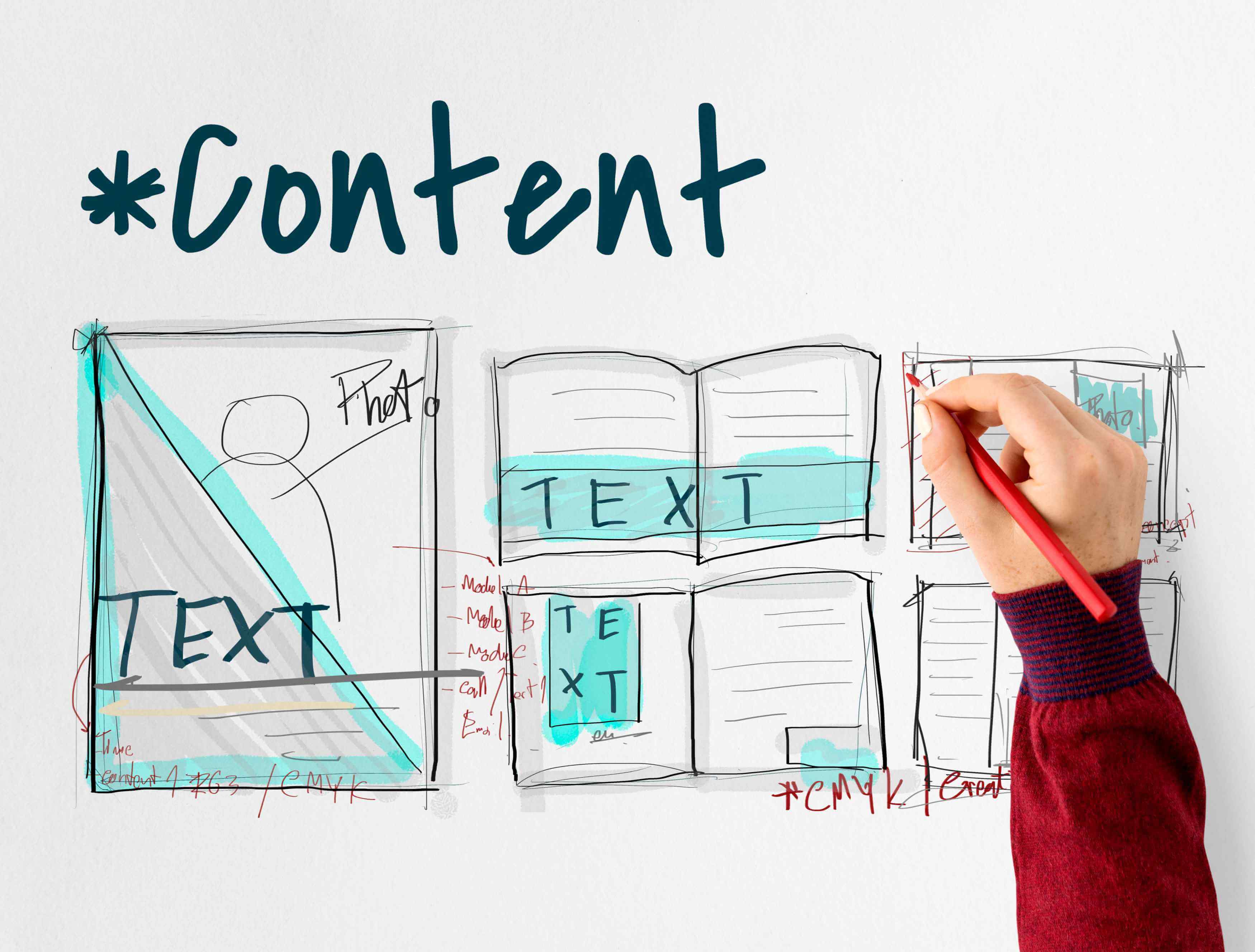The strategic process of identifying the most effective media platforms and channels to promote a brand, product, or service is called media planning. The process of media planning involves selecting where, when, and how often a message should appear to the audience in order to maximize reach and engagement.
In short, media planning aims to bridge the gap between the message and the target audience to ensure that marketing efforts are seen and heard by the desired people at the right time.
The Importance of Media Planning in Marketing

Media planning is one of the most useful and crucial tools that can be used in marketing because it can ensure that the advertising efforts of brands are strategic, cost-efficient, and targeted. Without a well-structured media plan, brands risk wasting their budgets on campaigns that do not reach the intended audiences.
-
Efficient budget allocation
-
Targeted messaging
-
Improved ROI
-
Consistent brand presence across channels
-
Data-driven decisions
Key Components of a Successful Media Plan

A successful media plan needs a detailed combination of strategic elements that not only guide the execution of the campaign but also provide a clear framework for measuring its effectiveness. These elements ensure that every part of the media effort aligns with the overall marketing goals of brands.
-
Campaign Objectives: Clearly defined goals that outline what the media plan aims to achieve, such as brand awareness, lead generation, or sales.
-
Target Audience Definition: Identifying the specific group of people the campaign is intended to reach based on demographics, behaviors, and interests.
-
Media Channels Selection: Choosing the most effective platforms (e.g., TV, social media, print) to deliver the campaign message to the target audience.
-
Budget Allocation: Distributing available funds across selected channels and tactics to maximize reach and return on investment.
-
Media Scheduling: Planning when and how often the campaign will run to ensure optimal timing and frequency for audience engagement.
-
KPIs and Analytics: Establishing measurable indicators to track campaign performance and guide data-driven optimization.
Steps to Create an Effective Media Plan

To create an effective media plan, brands need to take a series of strategic steps that ensure that their messages are able to reach the right audience at the right time, through the most impactful channels.
Each step of creating a media plan helps build a clear, data-driven roadmap that aligns with a brand’s marketing efforts with its business objectives.
The main steps to creating an effective media plan are:
Setting Clear Campaign Objectives
As the first step in media planning, businesses need to define what they want to achieve with the process, like brand awareness, lead generation, conversions, or customer retention. For example, while some brands may want to increase their website traffic by 30 %, some other brands may want to reach one million unique users with a video campaign.The objective of a campaign depends on the wants and needs of businesses.
Understanding Target Audiences
To achieve the desired outcome for their campaigns, businesses need to learn who they are trying to reach. To locate their target audiences, businesses need to analyze:
-
Demographics
-
Behaviors
-
Media consumption habits
Budgeting for Media Spend
Deciding on where to spend their resources helps businesses ensure that their budgets are used efficiently and support the overall goals of a campaign.
-
Past campaign data
-
Channel costs
-
Expected ROI
Choosing the Right Media Channels
Another important factor to make sure that a campaign reaches the target audience is the selection of the right media channels.
-
Social media for younger audiences
-
TV/radio for mass reach
-
Print for niche markets
Determining Media Mix and Timing
Determining the right media mix and timing is essential to maximizing your campaign’s impact by reaching the audience across multiple touchpoints.
Balance different platforms to boost reach and frequency by combining traditional and digital media, and schedule content strategically based on consumer behavior patterns.
Defining Key Performance Indicators (KPIs)
Defining KPIs allows businesses to track the effectiveness of their media plan and determine whether it's meeting their objectives.
-
Click-through rates (CTR)
-
Conversion rates
-
Impressions
-
Cost-per-click (CPC)
Types of Media Channels in Media Planning

In media planning, selecting the right types of media channels is essential for effectively delivering a brand’s message to the target audience. Each channel offers unique strengths that can be strategically leveraged based on campaign goals, audience behavior, and budget.
-
Traditional Media: Still effective for broad reach. TV offers strong storytelling, radio is cost-effective locally, and print remains trusted among older audiences.
-
Digital Media: Highly targeted and measurable, including Facebook/Instagram ads, Google Display Network, and branded website content.
-
Outdoor & Out-of-Home (OOH): Includes billboards, transit ads, and event signage—great for local visibility and strong brand recall.
-
Influencer Marketing: Partners with creators to build trust and drive engagement, with potential for both niche and wide reach.
In addition to the types of media channels, it is important to know the differences between paid, owned, and earned media. These three types of media play different roles in a comprehensive media plan and can be strategically combined to maximize reach, engagement, and brand impact.
When planning a media strategy, it’s essential to understand the distinctions between paid, owned, and earned media. These three types of media play different roles in a comprehensive media plan and can be strategically combined to maximize reach, engagement, and brand impact.
|
Media Type |
Description |
Examples |
|
Paid |
Media you pay for |
Ads, Influencer Sponsorships |
|
Owned |
Media you control |
Website, Blog, Social Profiles |
|
Earned |
Media others share about you |
Reviews, Mentions, Shares |
Targeting and Segmentation in Media Planning
Dividing the audience into specific groups based on different criteria can help businesses to create more personalized and effective marketing strategies that maximize impact and ROI.
-
Demographic Targeting: Focuses on basic characteristics like age, gender, and income level to tailor messages that resonate with specific groups.
-
Behavioral Targeting: Targets audiences based on their past behaviors, interests, and purchasing activities, helping to deliver more relevant ads.
-
Geographic Targeting: Tailors your message and media to specific geographic areas, whether local, regional, or global, to increase relevance and effectiveness.
-
Psychographic Targeting: Targets audiences based on their lifestyle choices, values, and attitudes, offering a deeper connection with potential customers.
Media Buying Strategies

Media buying strategies are crucial in media planning to optimize budgets and secure the best placements for campaigns.
Negotiating with Media Providers
To secure better rates and placements, consider bundling deals, committing to long-term contracts, or exploring added-value opportunities, such as bonus ad space or premium placements. These tactics can help improve cost efficiency while ensuring greater visibility for your brand.
Programmatic Media Buying
Programmatic buying automates the real-time bidding process for digital ad space, offering key benefits like speed, precise audience targeting, and cost-efficiency. It allows for more dynamic and optimized ad buying across multiple platforms.
Direct vs. Indirect Media Buying
- Direct Media Buying: Involves purchasing ad space directly from media owners, giving you greater control over placement and negotiation.
- Indirect Media Buying: Uses agencies or programmatic platforms to manage ad placements, offering efficiency but less control.
Managing Media Costs and Negotiations
Set a clear ceiling budget to avoid overspending, monitor metrics like CPM, CPC, and CPA to evaluate the effectiveness of your media buys, and use past campaign data to guide negotiations, ensuring your investments align with expected outcomes.
Frequently Asked Questions (FAQ)

What is the difference between media planning and media buying?
Media planning involves strategizing the best way to reach the target audience, while media buying focuses on purchasing the actual ad space and placements.
How do I determine my media planning budget?
Your media planning budget should be based on campaign objectives, past performance, audience size, and the cost of the chosen media channels.
How can I measure the effectiveness of my media plan?
The effectiveness of your media plan can be measured using key performance indicators (KPIs) such as reach, engagement, conversions, and return on investment (ROI).
What is a media mix, and how do I choose the right one?
A media mix refers to the combination of different media channels used in a campaign, and the right one is chosen based on audience behavior, campaign goals, and budget.
How can I improve ROI from my media planning efforts?
Improving ROI can be achieved by targeting the right audience, optimizing media placements, monitoring performance regularly, and adjusting strategies based on data insights.
What are the best tools for media planning and analysis?
Some of the best tools for media planning and analysis include Google Analytics, Facebook Ads Manager, SEMrush, and Nielsen for audience insights and performance tracking.















